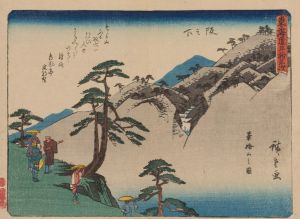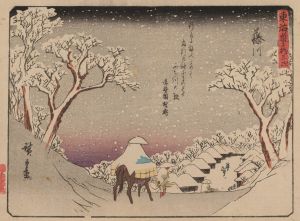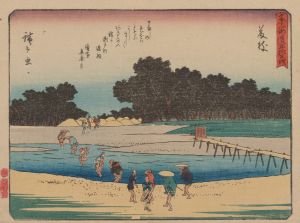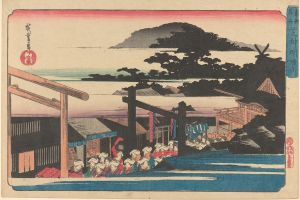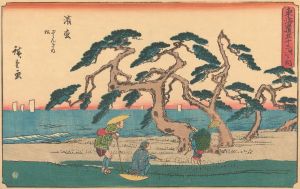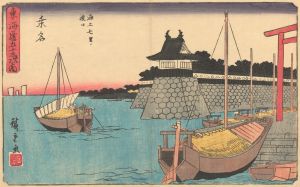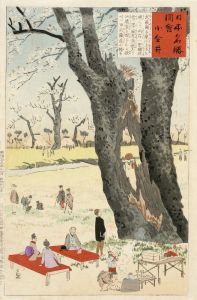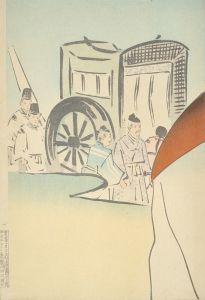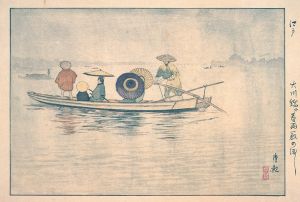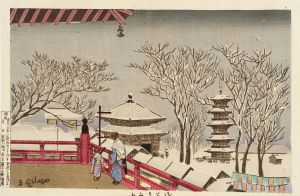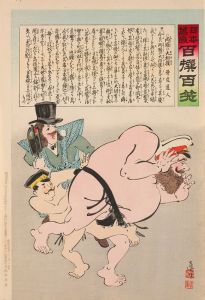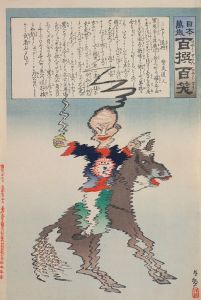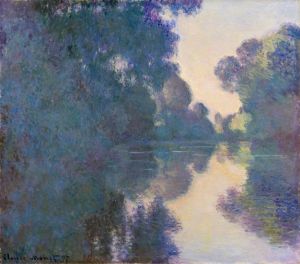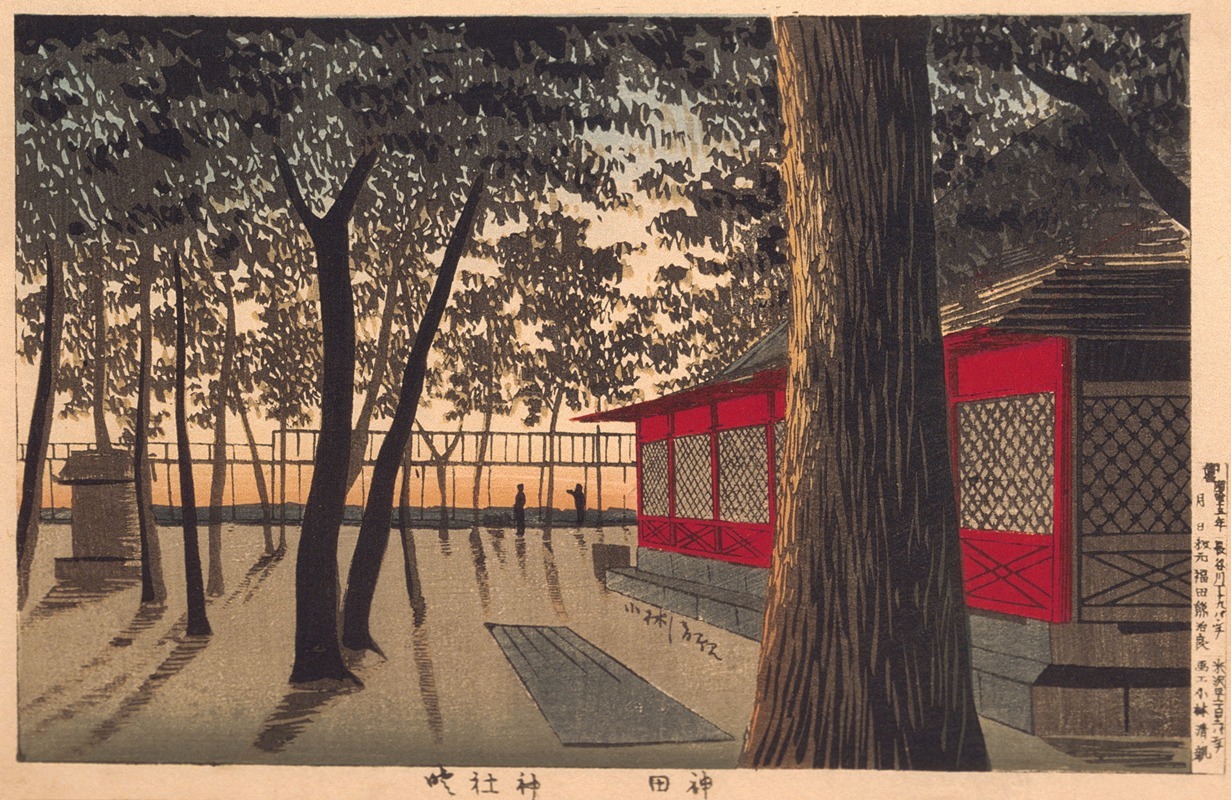
Daybreak at Shrine, Kanda
A hand-painted replica of Kobayashi Kiyochika’s masterpiece Daybreak at Shrine, Kanda, meticulously crafted by professional artists to capture the true essence of the original. Each piece is created with museum-quality canvas and rare mineral pigments, carefully painted by experienced artists with delicate brushstrokes and rich, layered colors to perfectly recreate the texture of the original artwork. Unlike machine-printed reproductions, this hand-painted version brings the painting to life, infused with the artist’s emotions and skill in every stroke. Whether for personal collection or home decoration, it instantly elevates the artistic atmosphere of any space.
Kobayashi Kiyochika's Daybreak at Shrine, Kanda is a woodblock print created during the late 19th century, showcasing the artist's distinctive style and his engagement with the rapid modernization of Japan during the Meiji era (1868–1912). Kiyochika (1847–1915) is widely regarded as one of the most innovative ukiyo-e artists of his time, known for his ability to blend traditional Japanese woodblock printing techniques with Western influences, particularly in the use of light and shadow.
This artwork is part of Kiyochika's celebrated series of prints that depict urban landscapes of Tokyo (formerly Edo) as the city underwent significant transformation during the Meiji Restoration. The series captures the juxtaposition of old and new, as traditional Japanese architecture and customs coexisted with the introduction of Western technology and industrialization. Kiyochika's works are often noted for their atmospheric quality, achieved through his masterful use of chiaroscuro, a technique that employs strong contrasts between light and dark to create a sense of depth and mood.
Daybreak at Shrine, Kanda specifically portrays the Kanda district of Tokyo, an area historically known for its cultural and commercial significance. The print depicts a shrine at dawn, with soft light illuminating the scene. Kiyochika's attention to detail and his ability to convey the quiet, serene atmosphere of early morning are hallmarks of his artistic approach. The work reflects his fascination with capturing fleeting moments of daily life and the changing urban environment.
Kiyochika's prints, including Daybreak at Shrine, Kanda, are often associated with the genre of "shin-hanga" (new prints), although his work predates the formal establishment of this movement. His innovative techniques and subject matter influenced later generations of artists and contributed to the evolution of Japanese printmaking during a period of profound cultural change.
Today, Kiyochika's works are highly regarded for their historical and artistic significance. They provide valuable insights into the Meiji era's social and cultural landscape, as well as the ways in which traditional Japanese art forms adapted to the challenges and opportunities of modernization. Daybreak at Shrine, Kanda remains an important example of Kiyochika's ability to document the transformation of Tokyo while maintaining a deep appreciation for its traditional beauty.





